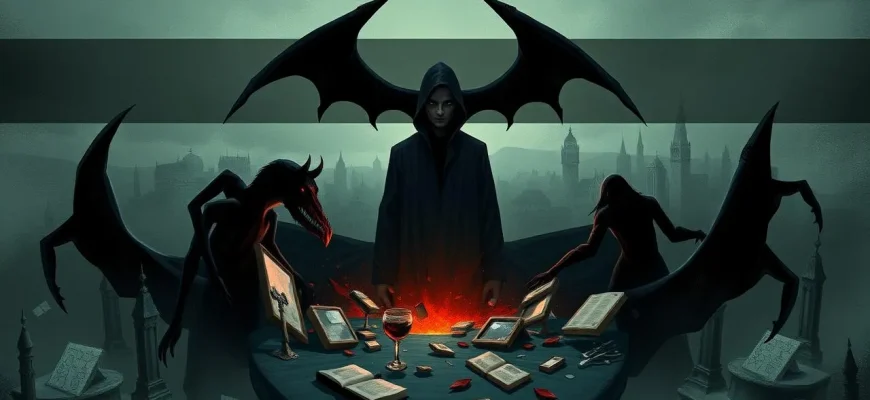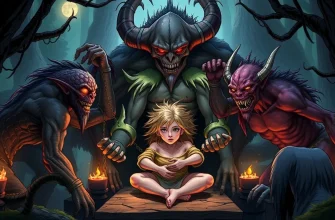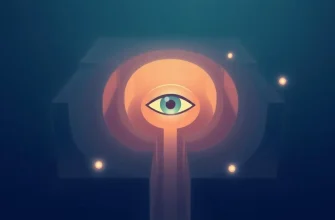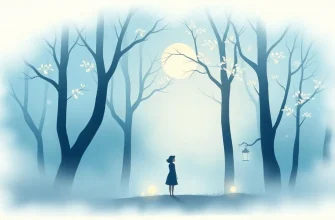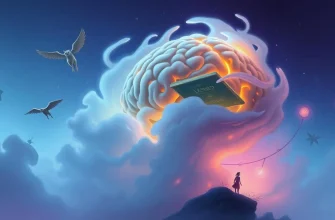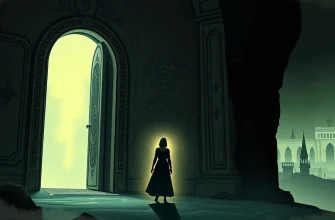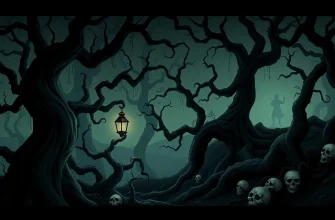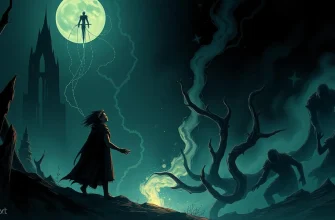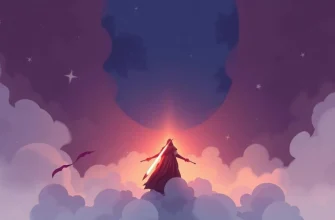Fantasy films often take us to realms where magic and myth intertwine with human emotions and struggles. This curated list dives into the darker side of fantasy, focusing on tales where characters face their own downfall through self-destructive behaviors. These films not only entertain but also provoke thought, offering a mirror to our own potential for ruin and redemption.
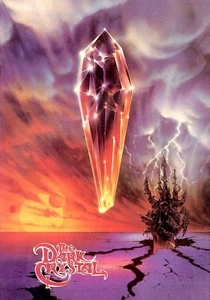
The Dark Crystal (1982)
Description: In this Jim Henson classic, the Skeksis' quest for power through the Dark Crystal leads to their own downfall, showcasing a world where self-destruction is a consequence of unchecked greed and ambition.
Fact: The film used over 70 puppeteers for its intricate animatronics.
 Watch Now
Watch Now 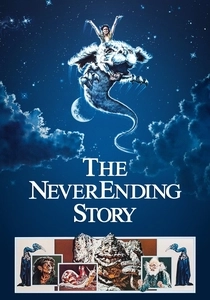
The NeverEnding Story (1984)
Description: Bastian's escape into the world of Fantasia reflects his own self-destructive tendencies, as he loses himself in a world that is literally falling apart due to the loss of human imagination.
Fact: The film's iconic theme song was performed by Limahl, the lead singer of Kajagoogoo.
 Watch Now
Watch Now 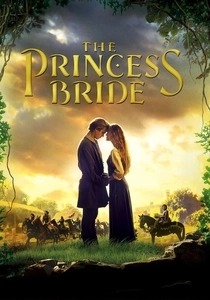
The Princess Bride (1987)
Description: While primarily a fairy tale, the film explores themes of revenge and self-destruction through the character of Inigo Montoya, whose quest for vengeance nearly consumes him.
Fact: The film was adapted from William Goldman's novel of the same name, which he claimed was an abridgment of a fictional book by "S. Morgenstern."
 Watch Now
Watch Now 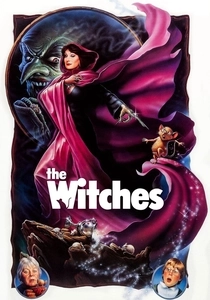
The Witches (1990)
Description: The Grand High Witch's plan to turn all children into mice is a form of self-destruction, as her hatred and desire for control lead to her own demise.
Fact: Anjelica Huston's performance as the Grand High Witch was critically acclaimed.
 Watch Now
Watch Now 
The City of Lost Children (1995)
Description: In this surreal fantasy, the mad scientist Krank's quest for dreams leads to his own downfall, illustrating the destructive nature of obsession and isolation.
Fact: The film was co-directed by Jean-Pierre Jeunet and Marc Caro, known for their unique visual style.
 Watch Now
Watch Now 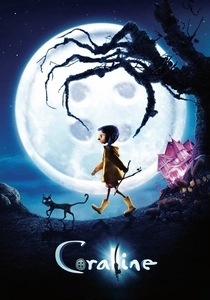
Coraline (2009)
Description: Coraline's exploration of the "Other World" is a metaphor for her own self-destructive curiosity, leading her into a trap set by the Other Mother, who represents the darker side of her own desires.
Fact: The film was the first stop-motion feature to be entirely shot in stereoscopic 3D.
 Watch Now
Watch Now 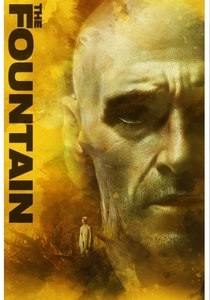
The Fountain (2006)
Description: This film intertwines three stories across time, where the protagonist's obsession with immortality leads to his own undoing. It's a poignant exploration of love, loss, and the destructive nature of obsession.
Fact: The film was originally conceived as a trilogy, but was condensed into one narrative.
 Watch Now
Watch Now 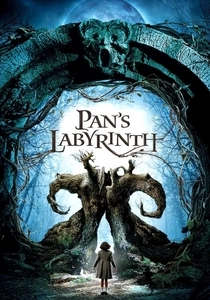
Pan's Labyrinth (2006)
Description: In this dark fantasy, Ofelia's escape into a mythical labyrinth mirrors her own self-destructive tendencies as she seeks to escape the harsh realities of post-Civil War Spain. Her journey is both a quest for identity and a descent into darkness.
Fact: The film was shot in Spain, and the faun's horns were made from real deer antlers.
 Watch Now
Watch Now 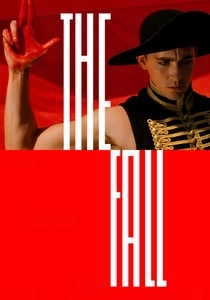
The Fall (2006)
Description: A tale of storytelling within a story, where a stuntman's self-destructive behavior influences the fantastical narrative he shares with a young girl, blurring the lines between reality and fantasy.
Fact: The film was shot in over 20 countries, making it one of the most widely traveled films ever made.
 Watch Now
Watch Now 
The Imaginarium of Doctor Parnassus (2009)
Description: Doctor Parnassus's deal with the devil leads to a journey of self-destruction and redemption, exploring themes of temptation and the consequences of one's choices.
Fact: After Heath Ledger's death, his role was completed by Johnny Depp, Jude Law, and Colin Farrell.
 Watch Now
Watch Now 
